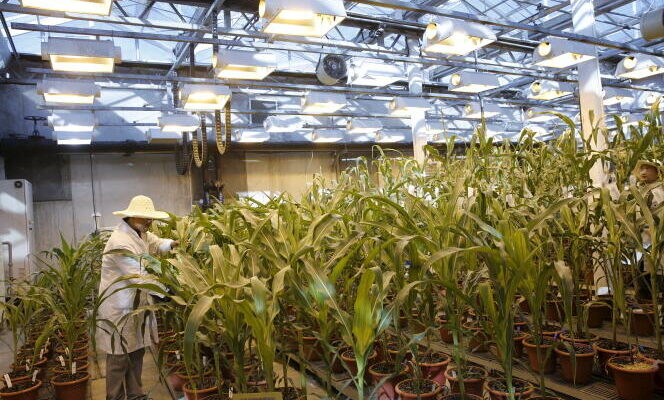This could significantly complicate the European Commission’s plans to see crops resulting from new genomic techniques (NGT) – sometimes referred to as “new GMOs” – deregulated. The National Agency for Food, Environmental and Occupational Health Safety (ANSES) made public, Thursday, December 21, an opinion criticizing the very basis of the deregulation proposalaccording to which certain NGT plants can be considered in the same way as those obtained through classical variety breeding methods.
It is on the basis of this premise that the European executive proposed to Member States, in July, that certain plants from NGTs be, like conventional varieties, exempt from labeling, traceability and prior risk assessment. upon their arrival in the fields, and ultimately on consumers’ plates.
In November, ANSES took up the question of whether the equivalence criteria chosen by the Commission are scientifically founded. Its group of experts responds in the negative. He considers that these criteria are “based solely on molecular aspects” and that these are “insufficiently justified”. He suggests that these criteria take into account “characters of plants [les propriétés apportées par la modification] and their possible risks”.
DNA alterations
To understand, you should know that the European Commission proposes to distinguish two types of NGT plants. The first group (NGT1) would be made up of plants having undergone less than twenty genetic modifications. These NGT1 would be considered equivalent to conventional plants. Plants modified in other ways (NGT2) would remain subject to European legislation on GMOs (with traceability, labeling and risk assessment).
The problem, according to ANSES experts, is that the key threshold of twenty genetic modifications for NGT1 “is not justified”. And if a threshold had to be chosen, they add, it should be set on a case-by-case basis, depending on the size of the genome of the plant in question.
That’s not all: not only is the number of modifications accepted for NGT1, according to experts, not justified, but the nature and/or size of these modifications is not justified either. According to the Brussels proposal, each of the twenty acceptable modifications can be an insertion or substitution of up to twenty nucleotides (the “letters” whose sequence forms DNA), a deletion (the removal of a genetic sequence) or an inversion (the reversal of a portion of chromosome) whatever their size, etc.
You have 60% of this article left to read. The rest is reserved for subscribers.
